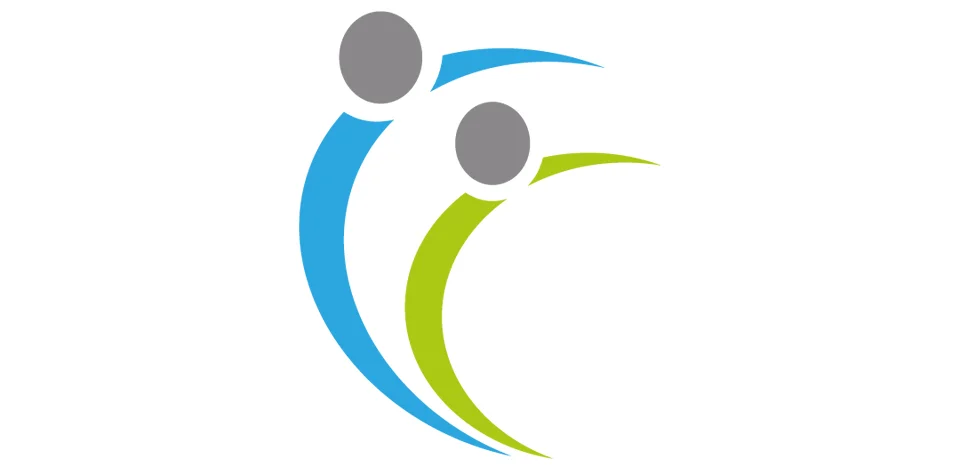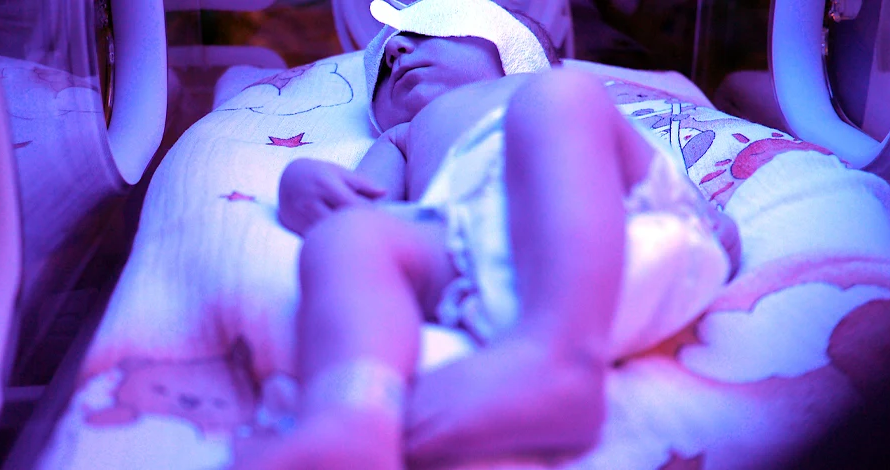Breathing is a natural process. We don’t even think about it; we just inhale and exhale. For some adults and children, breathing is a difficult task. Breathing difficulties aren’t uncommon, but they can be managed through pulmonary rehabilitation. While it’s easy to think these programs are created for adults only, the reality is that children can benefit from them as well. Scroll down to learn more about pulmonary rehabilitation in pediatrics.
What is pulmonary rehabilitation?
Pulmonary rehabilitation is defined as the use of education, exercise, and behavioral interventions to improve lung function in patients. In other words, pulmonary rehabilitation is a comprehensive intervention created upon a thorough patient assessment followed by therapies tailored to each patient’s specific needs.
As a fundamental therapeutic approach for the treatment of chronic and advanced lung diseases, pulmonary rehabilitation improves physical and psychological health.
Applications in pediatrics
Any child with chronic breathing difficulties can benefit from pulmonary rehabilitation. Some examples of applications of pulmonary rehabilitation in pediatrics include:
- Asthma – the most common chronic condition in children. It affects around 6.1 million children under the age of 18. The exact cause of asthma is unclear, but the disease appears to be multifactorial and involves both genetic and environmental causes
- Pulmonary fibrosis – occurs when lung tissue becomes scarred and damaged. Although elderly persons are most likely to develop pulmonary fibrosis, the condition can affect children on rare occasions. Unfortunately, this disease is poorly explored in children. It is mainly associated with specific forms of children’s interstitial lung disease. Pulmonary hypertension – develops primarily in children with congenital heart defects. Still, it’s also inherited, i.e., it runs in families. In newborns, persistent pulmonary hypertension is associated with chronic lung disease. Premature babies with underdeveloped lungs and pulmonary blood vessels, i.e., infants with bronchopulmonary dysplasia, are at a high risk of developing pulmonary hypertension.
Does pulmonary rehabilitation in pediatrics work?
Pulmonary rehabilitation is not just for adults. Children can benefit from these programs as well. Most research on the efficacy of pulmonary rehabilitation in pediatrics revolved around asthma.
The Pediatric Pulmonology Journal published a study that evaluated the role of pulmonary rehabilitation in pediatric asthma. The study included 38 pediatric subjects with asthma diagnoses and assessed their quality of life and performance on a 6-minute walk test as a part of pulmonary rehabilitation. Following the rehabilitation, subjects experienced significant improvement in 6-minute walk test distance, symptoms of asthma, and quality of life. These findings confirm the beneficial role of pulmonary rehabilitation in chronic management of pediatric asthma, scientists concluded.
Closer View
One review of studies evaluated the effect of pulmonary rehabilitation, exercise primarily, on exercise capacity and quality of life in children with bronchial asthma. Results confirmed pulmonary rehabilitation significantly improves lung function and exercising capacity and the quality of life in pediatric patients with asthma. Pulmonary rehabilitation was more effective than conventional treatment.
Even when pulmonary rehabilitation is performed at home, pediatric patients with asthma can still improve lung function and overall quality of life, evidence confirms.
Additionally, a study from the Journal of Asthma found that two weeks of the pulmonary rehabilitation program in an allergy-safe outdoor environment can significantly improve exercise capacity and decrease airway inflammation and hyperactivity in patients with persistent allergic asthma. These findings show that short-term pulmonary rehabilitation programs can also be effective when performed in an adequate setting. That’s why pulmonary rehabilitation could be both effective and affordable management strategy for children and adolescents with this type of asthma.
The April 2021 issue of the journal Medicine (Baltimore) published an interesting case study about the role of intensive pulmonary rehabilitation in a male 10-year-old pediatric lung transplantation patient. At six months of age, the patient developed infantile acute lymphoblastic leukemia. When he was one year old, he had an allogeneic bone marrow transplant, but two months later, the patient developed post-transplantation bronchitis obliterans. At ten years of age, the patient received a lung transplant.
The patient completed specific exercises twice a day for two weeks during the intensive pulmonary rehabilitation program. The body also took part in the outpatient pulmonary rehabilitation program for three months. In the outpatient stage, he performed exercises once a week together with home-based cognitive training.
The intensive pulmonary rehabilitation was successful. The patient experienced improved lung function, exercise capacity, and quality of life.
How does it work?
Every pulmonary rehabilitation program is unique to the specific needs of each patient. The most common elements of pulmonary rehabilitation include patient assessment, treatment planning, consistent communication, and regular sessions.
The doctor examines the child’s health and lung condition during the patient assessment. In cases when a child doesn’t have a diagnosed breathing-related condition, the doctor may order necessary tests to diagnose the problem. Additionally, the doctor may also ask parents or caregivers lifestyle-related questions to determine whether anything in a child’s daily life triggers their breathing difficulties.
Since every child is different, the exact course of pulmonary rehabilitation may vary too. Some children have serious health conditions that require a more rigorous approach, whereas others benefit the most from an easy program. The doctor creates a pulmonary rehabilitation plan according to each child’s specific needs.
Pulmonary rehabilitation also involves consistent monitoring of the child’s condition. Communication with parents or caregivers plays an important role here. The goal is to analyze the progress and adjust the rehabilitation plan if necessary.
Regular sessions are vital for successful outcomes of pulmonary rehabilitation. Every child needs to develop skills, abilities, and gain knowledge to improve their emotional and physical wellbeing. For that reason, a major segment of pulmonary rehabilitation in pediatrics includes exercises and education.
What does it include?
As mentioned above, the exact program may vary from one case to another. In most cases, the pulmonary rehabilitation programs include:
- Breathing techniques – patients learn specific techniques to control their breathing better
- Education – children and their parents or caregivers receive education about specific lung diseases or other underlying problems affecting their breathing. They also receive guidance to manage the condition properly.
- Exercise training aims to strengthen the patients’ arms, legs, back, and muscles they need for breathing. Exercise also helps patients perform daily tasks without severe breathing difficulties.
- Nutritional counseling – parents or caregivers may receive advice regarding foods the child should eat or avoid to manage their condition properly.
- Psychological counseling – may be necessary for patients with chronic conditions but could also be helpful for patients with serious problems and their parents or caregivers.
Conclusion
Children with breathing difficulties and lung problems can benefit from pulmonary rehabilitation programs. The main goal of these programs is to improve breathing, lung function, and overall quality of life. Rehabilitation requires a partnership-like relationship between patients, healthcare providers, and parents or caregivers.

